Code
HCS31747
Weight
979 gm / 2.16 lbs
Size
Diameter
20cm (8") Height
9cm (4") Material
Seven Bronze Metal
Availability
Available

Safe Payment
We accept Paypal, Money Transfer, Bank Transfer
Confidence
Protection covers your purchase and personal data.
Worldwide Delivery
We ship Worldwide, except Russia.Shipping cost US$25.2 for upto 0.5 kgs

Hotline
Talk to help line for your question on 9841267335Select Accessories : Accessories
Due to complexities in shipping rate calculation caused by additional accessories, please note that the listed price includes only the singing bowl itself. Accessories like Drumstick, mallet, and cushion are not included and must be selected separately based on your requirements. The prices of additional accessories are inclusive of the shipping cost.
Due to complexities in shipping rate calculation caused by additional accessories, please note that the listed price includes only the singing bowl itself. Accessories like Drumstick, mallet, and cushion are not included and must be selected separately based on your requirements. The prices of additional accessories are inclusive of the shipping cost.
Om - Hindu : About OM
It is the most sacred syllable symbol and mantra of Brahman, the Almighty God in Hinduism. Brahman is the Supreme Self, Ultimate Reality, and Creator of all Existence. The syllable is often chanted either independently or before a mantra; it signifies the essence of the ultimate reality, consciousness, or Atma. The Om sound is the primordial sound and is called the Shabda-Brahman (Brahman as sound). In Hinduism, Om is one of the most important spiritual sounds. It refers to Atman (soul, self within) and Brahman (ultimate reality, entirety of the universe, truth, divine, supreme spirit, cosmic principles, knowledge). The syllable is often found at the beginning and the end of chapters in the Vedas, the Upanishads, and other Hindu texts. It is a sacred spiritual incantation made before and during the recitation of spiritual texts, during puja and private prayers, in ceremonies of rites of passage (sanskara) such as weddings, and sometimes during meditative and spiritual activities such as Yoga. Om came to be used as a standard utterance at the beginning of mantras, chants, or citations taken from the Vedas. For example, the Gayatri mantra, which consists of a verse from the Rigveda Samhita (RV 3.62.10), is prefixed not just by Om but by Om followed by the formula bh?r bhuva? sva?. Such recitations continue to be in use in Hinduism, with many major incantations and ceremonial functions beginning and ending with Om. Maheshwarananda (2002) suggests that the Om reflects the cosmological beliefs in Hinduism, as the primordial sound associated with the creation of the universe from nothing. Read More . . .
It is the most sacred syllable symbol and mantra of Brahman, the Almighty God in Hinduism. Brahman is the Supreme Self, Ultimate Reality, and Creator of all Existence. The syllable is often chanted either independently or before a mantra; it signifies the essence of the ultimate reality, consciousness, or Atma. The Om sound is the primordial sound and is called the Shabda-Brahman (Brahman as sound). In Hinduism, Om is one of the most important spiritual sounds. It refers to Atman (soul, self within) and Brahman (ultimate reality, entirety of the universe, truth, divine, supreme spirit, cosmic principles, knowledge). The syllable is often found at the beginning and the end of chapters in the Vedas, the Upanishads, and other Hindu texts. It is a sacred spiritual incantation made before and during the recitation of spiritual texts, during puja and private prayers, in ceremonies of rites of passage (sanskara) such as weddings, and sometimes during meditative and spiritual activities such as Yoga. Om came to be used as a standard utterance at the beginning of mantras, chants, or citations taken from the Vedas. For example, the Gayatri mantra, which consists of a verse from the Rigveda Samhita (RV 3.62.10), is prefixed not just by Om but by Om followed by the formula bh?r bhuva? sva?. Such recitations continue to be in use in Hinduism, with many major incantations and ceremonial functions beginning and ending with Om. Maheshwarananda (2002) suggests that the Om reflects the cosmological beliefs in Hinduism, as the primordial sound associated with the creation of the universe from nothing. Read More . . .
Sound Check - All : Request a sound check
We personally check Singing Bowl, Buddhist Hand Beaten, With Fine Etching Carvin Of Om, [select Accessories] to ensure the quality of the sound and its resonance. However, if you still require to listen to the sound before purchase. To maintain the quality of service we have introduced a nominal fee of $2 for this service. This non-refundable deposit will be deducted from your invoice upon purchase. Please note due to the limitation of the microphone and the speaker quality, the effectiveness of experiencing the sound will not be the same.
If you have any further questions or require assistance, please do not hesitate to contact us. WhatsApp: +9779841614206 Read More . . .
We personally check Singing Bowl, Buddhist Hand Beaten, With Fine Etching Carvin Of Om, [select Accessories] to ensure the quality of the sound and its resonance. However, if you still require to listen to the sound before purchase. To maintain the quality of service we have introduced a nominal fee of $2 for this service. This non-refundable deposit will be deducted from your invoice upon purchase. Please note due to the limitation of the microphone and the speaker quality, the effectiveness of experiencing the sound will not be the same.
If you have any further questions or require assistance, please do not hesitate to contact us. WhatsApp: +9779841614206 Read More . . .
Singing bowl Accessories
The Jambati Singing Bowl you are purchasing includes a cushion, a wooden playing mallet, and a felt-hitting mallet for playing the bowl. If you require additional accessories, you can browse the options above and purchase them separately. Should you have any further questions or need assistance, please don't hesitate to let us know. Read More . . .
The Jambati Singing Bowl you are purchasing includes a cushion, a wooden playing mallet, and a felt-hitting mallet for playing the bowl. If you require additional accessories, you can browse the options above and purchase them separately. Should you have any further questions or need assistance, please don't hesitate to let us know. Read More . . .
What is Etching Carving?
Etching is traditionally the process of using strong acid or mordant to cut into the unprotected parts of a metal surface to create a design in intaglio (incised) in the metal. In modern manufacturing, other chemicals may be used on other types of material. As a method of printmaking, it is, along with engraving, the most important technique for old master prints, and remains in wide use today. In several modern variants such as microfabrication etching and photochemical milling, it is a crucial technique in much modern technology, including circuit boards. Read More . . .
Etching is traditionally the process of using strong acid or mordant to cut into the unprotected parts of a metal surface to create a design in intaglio (incised) in the metal. In modern manufacturing, other chemicals may be used on other types of material. As a method of printmaking, it is, along with engraving, the most important technique for old master prints, and remains in wide use today. In several modern variants such as microfabrication etching and photochemical milling, it is a crucial technique in much modern technology, including circuit boards. Read More . . .
Making Process of Hand-Beaten Singing Bowl
Making a handmade bronze singing bowl is a time-honored tradition that involves several stages. The process starts with the creation of a metal alloy, which is typically made of copper and tin. The metal is then melted down and poured into a mold, where it is shaped into a bowl. Once the bowl has been formed, it is subjected to a series of hammering and shaping processes to refine its shape and thickness. This is where the expertise of the craftsman comes into play, as they use their skills to produce a bowl with a balanced tone and resonant sound.
The finished bowl is then polished to a high shine and may be adorned with intricate designs and symbols that are significant in Buddhist or Hindu tradition. Read More . . .
Making a handmade bronze singing bowl is a time-honored tradition that involves several stages. The process starts with the creation of a metal alloy, which is typically made of copper and tin. The metal is then melted down and poured into a mold, where it is shaped into a bowl. Once the bowl has been formed, it is subjected to a series of hammering and shaping processes to refine its shape and thickness. This is where the expertise of the craftsman comes into play, as they use their skills to produce a bowl with a balanced tone and resonant sound.
The finished bowl is then polished to a high shine and may be adorned with intricate designs and symbols that are significant in Buddhist or Hindu tradition. Read More . . .
Making Process of Hand-Beaten Singing Bowl :
Making a handmade bronze singing bowl is a time-honored tradition that involves several stages. The process starts with the creation of a metal alloy, which is typically made of copper and tin. The metal is then melted down and poured into a mold, where it is shaped into a bowl. Once the bowl has been formed, it is subjected to a series of hammering and shaping processes to refine its shape and thickness. This is where the expertise of the craftsman comes into play, as they use their skills to produce a bowl with a balanced tone and resonant sound.
The finished bowl is then polished to a high shine and may be adorned with intricate designs and symbols that are significant in Buddhist or Hindu tradition.
The finished bowl is then polished to a high shine and may be adorned with intricate designs and symbols that are significant in Buddhist or Hindu tradition.
The use of handmade bronze singing bowls in healing, meditation, and chakra balancing is based on the idea that sound can have a profound impact on the body and mind. When played, the bowls produce a rich, harmonious sound that is said to stimulate the chakras and bring balance to the body's energy centers. The sounds produced by the singing bowl are believed to help calm the mind, reduce stress, and promote relaxation, making them a valuable tool in meditation and mindfulness practices.
In addition, the vibrations produced by the singing bowl are said to have therapeutic benefits, promoting physical and emotional healing by reducing tension, improving circulation, and promoting relaxation. Overall, the use of handmade bronze singing bowls can be an effective and enjoyable way to enhance spiritual and emotional well-being.
7 Metals and their Planetary Association :In addition, the vibrations produced by the singing bowl are said to have therapeutic benefits, promoting physical and emotional healing by reducing tension, improving circulation, and promoting relaxation. Overall, the use of handmade bronze singing bowls can be an effective and enjoyable way to enhance spiritual and emotional well-being.
1. Gold (Sun)
2. Silver (Moon)
3. Copper (Venus)
4. Iron (Mars)
5. Tin (Jupiter)
6. Mercury/Quicksilver (Mercury)
7. Lead (Saturn)
all of which feature heavily in alchemical symbolism
2. Silver (Moon)
3. Copper (Venus)
4. Iron (Mars)
5. Tin (Jupiter)
6. Mercury/Quicksilver (Mercury)
7. Lead (Saturn)
all of which feature heavily in alchemical symbolism
Making of Hand Hammered Singing bowls


![Singing Bowl, Buddhist Hand Beaten, With Fine Etching Carvin Of Om, [select Accessories]](https://handicraftseller.com/uploads/pics/product/thumb/2024/02/31747.jpg)
![Singing Bowl, Buddhist Hand Beaten, With Fine Etching Carvin Of Om, [select Accessories]](https://handicraftseller.com/uploads/pics/product/thumb/2024/02/31747_0.jpg)
![Singing Bowl, Buddhist Hand Beaten, With Fine Etching Carvin Of Om, [select Accessories]](https://handicraftseller.com/uploads/pics/product/thumb/2024/02/31747_1.jpg)
![Singing Bowl, Buddhist Hand Beaten, With Fine Etching Carvin Of Om, [select Accessories]](https://handicraftseller.com/uploads/pics/product/thumb/2024/02/31747_2.jpg)
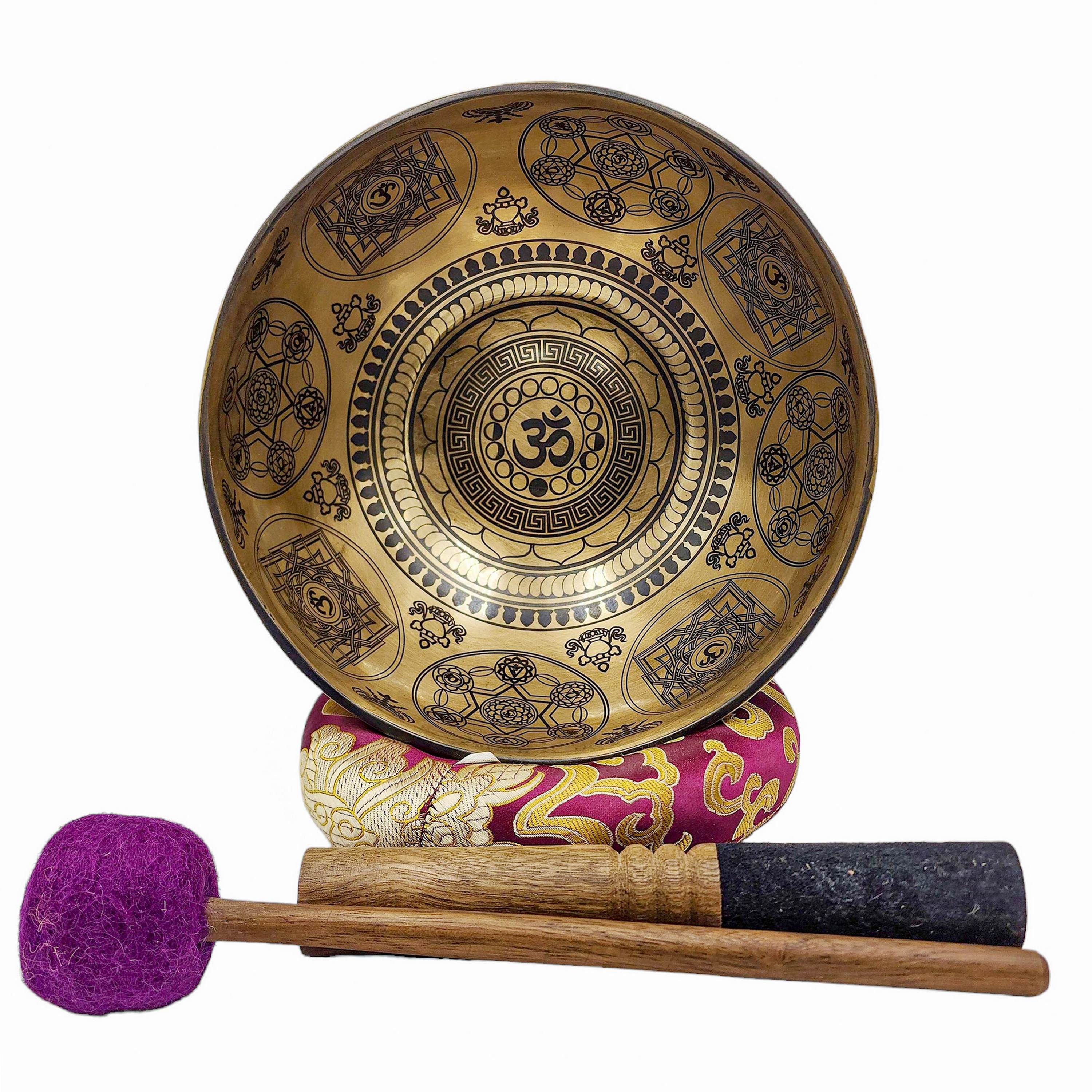
 with
with 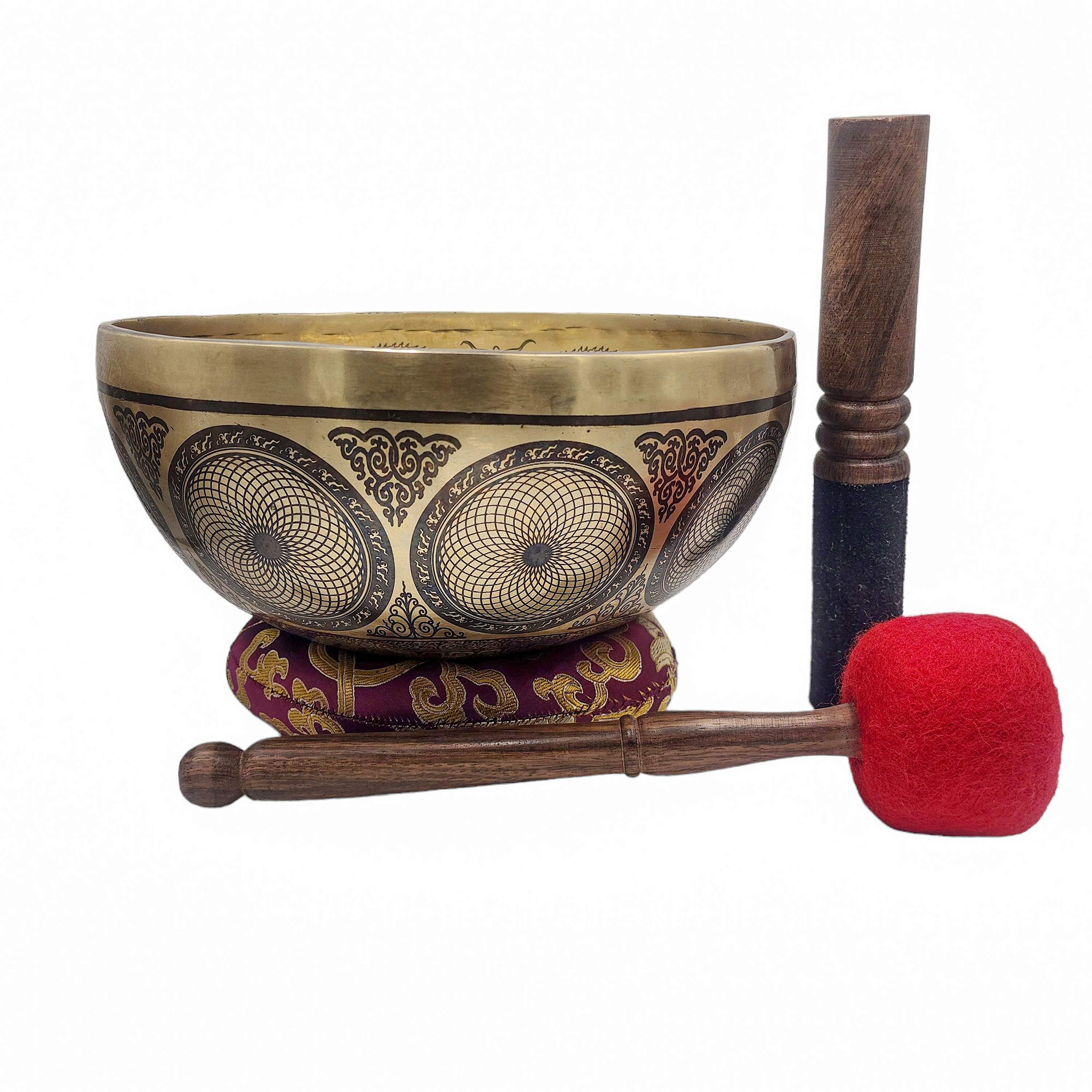 with
with 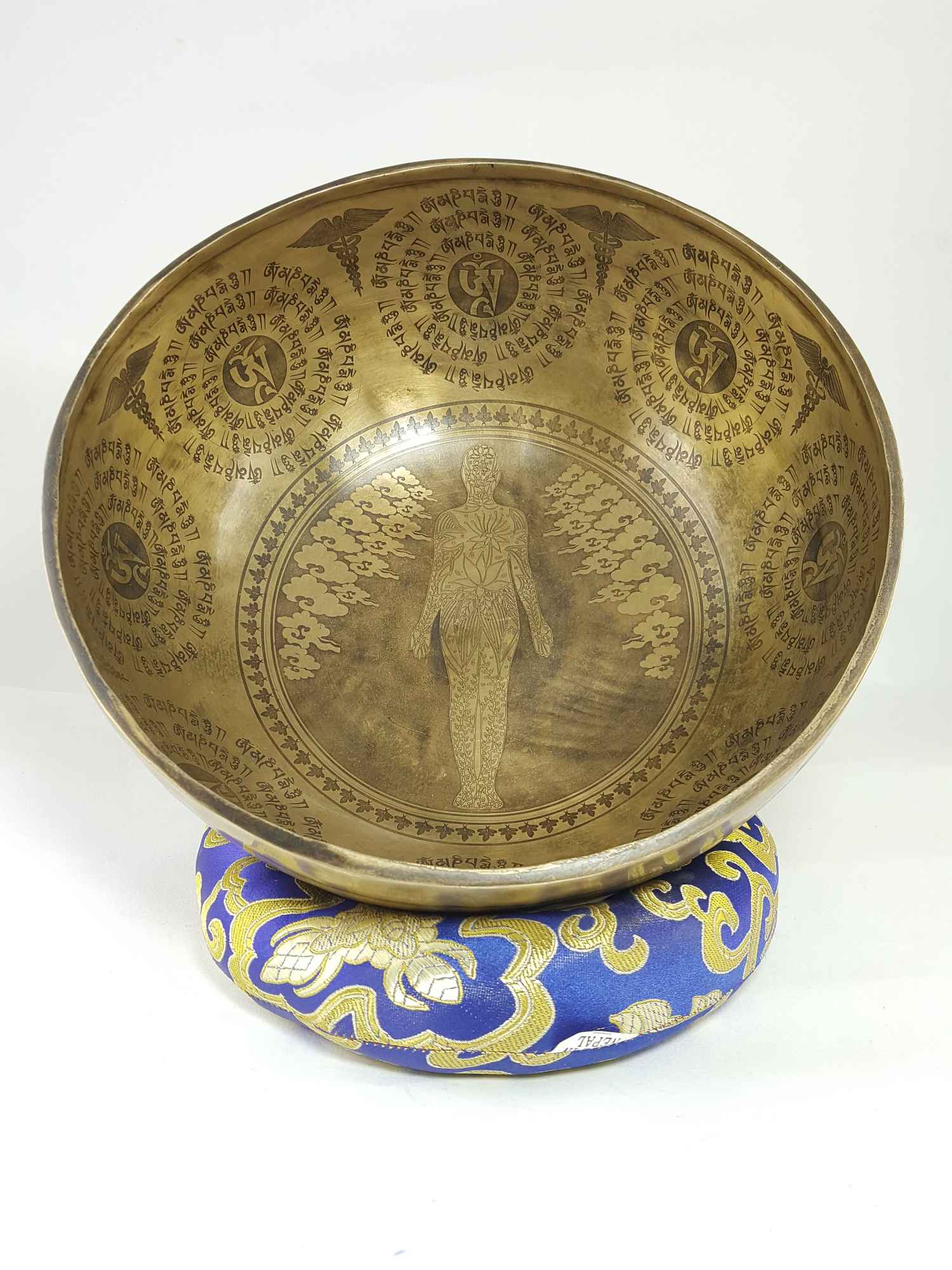 with Tibetan Medical Man,
with Tibetan Medical Man, 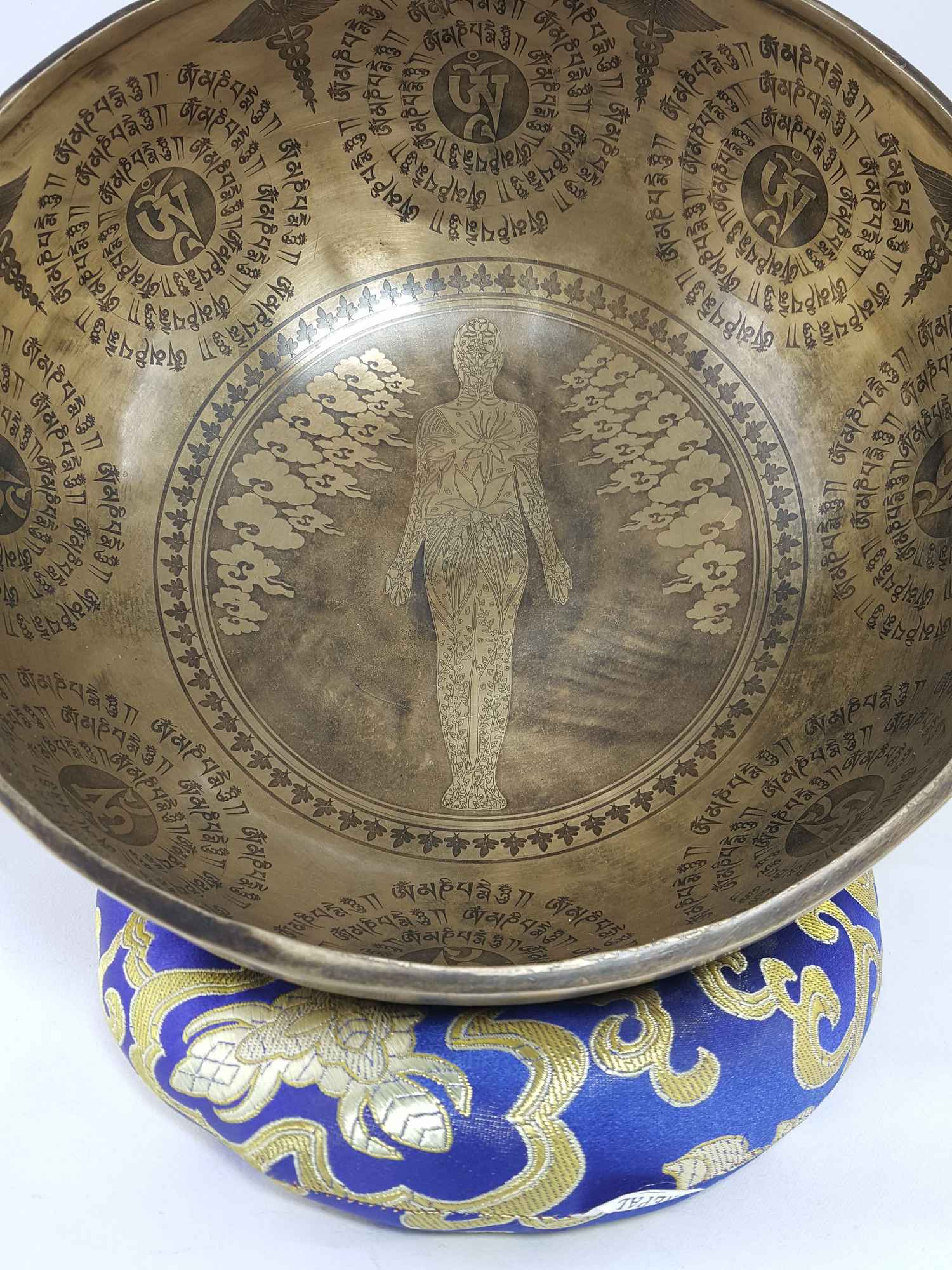 with Tibetan Medical Man,
with Tibetan Medical Man, 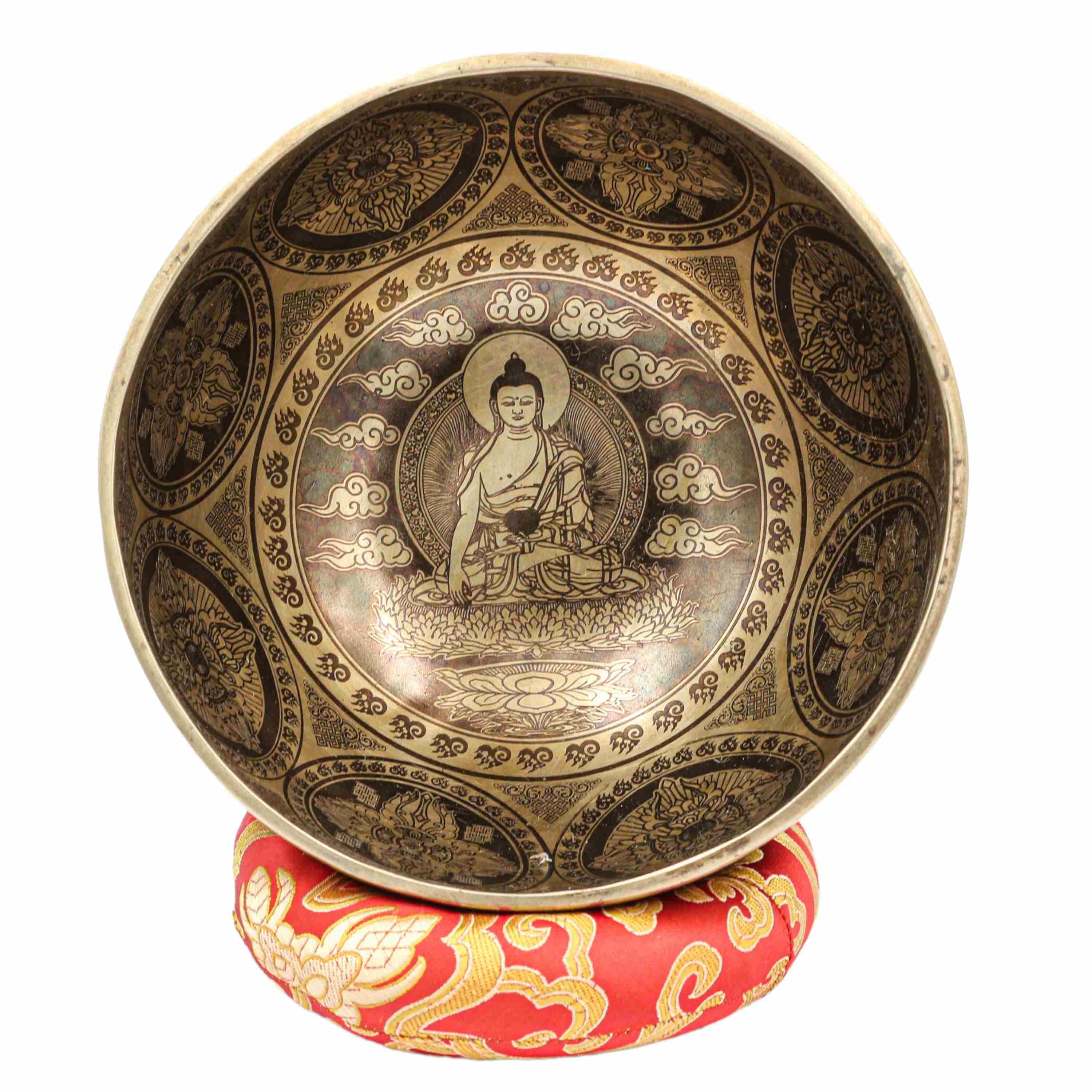 with Super Fine Etching Carving
with Super Fine Etching Carving  with Super Fine Etching Carving
with Super Fine Etching Carving 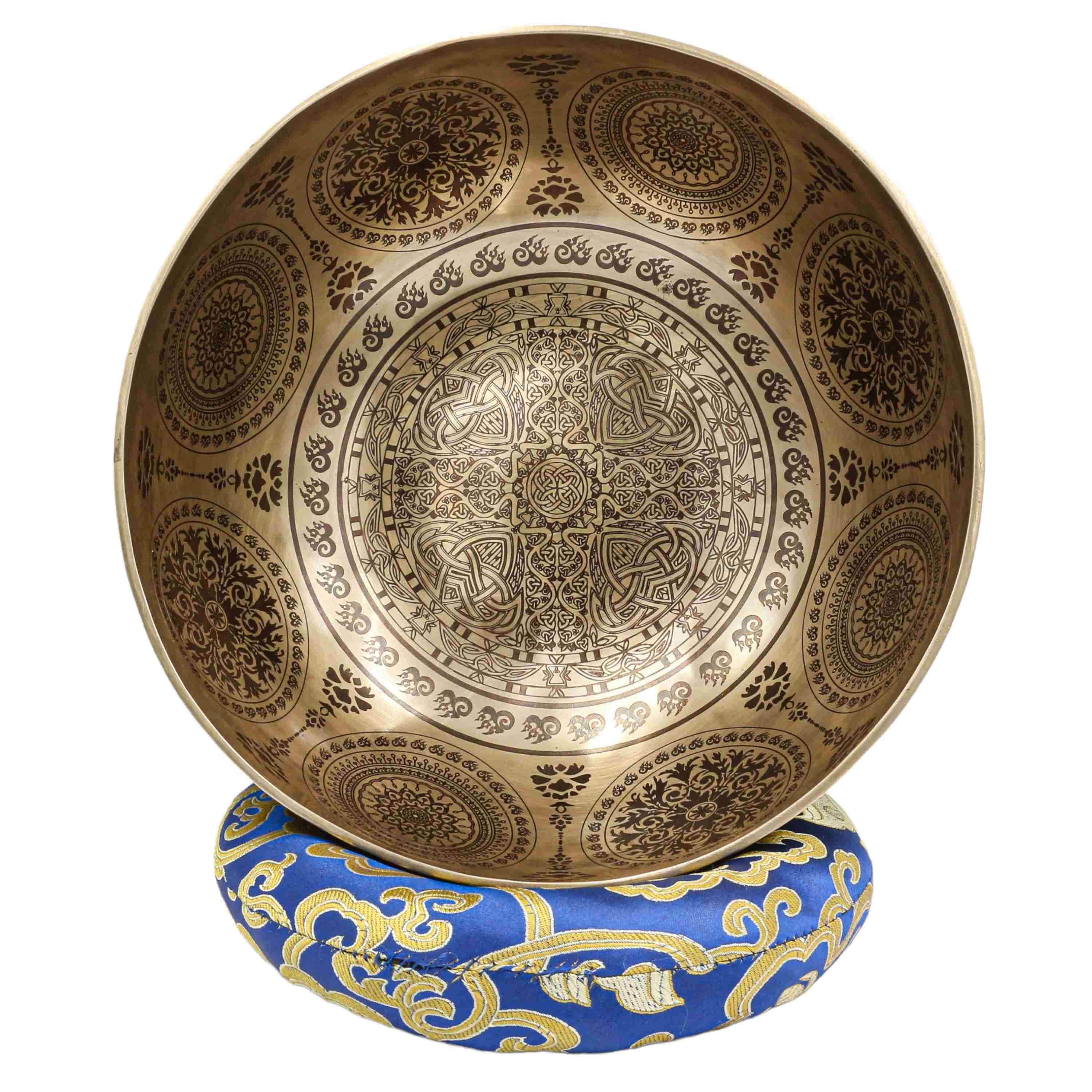 with Premium Etching Carving,
with Premium Etching Carving, 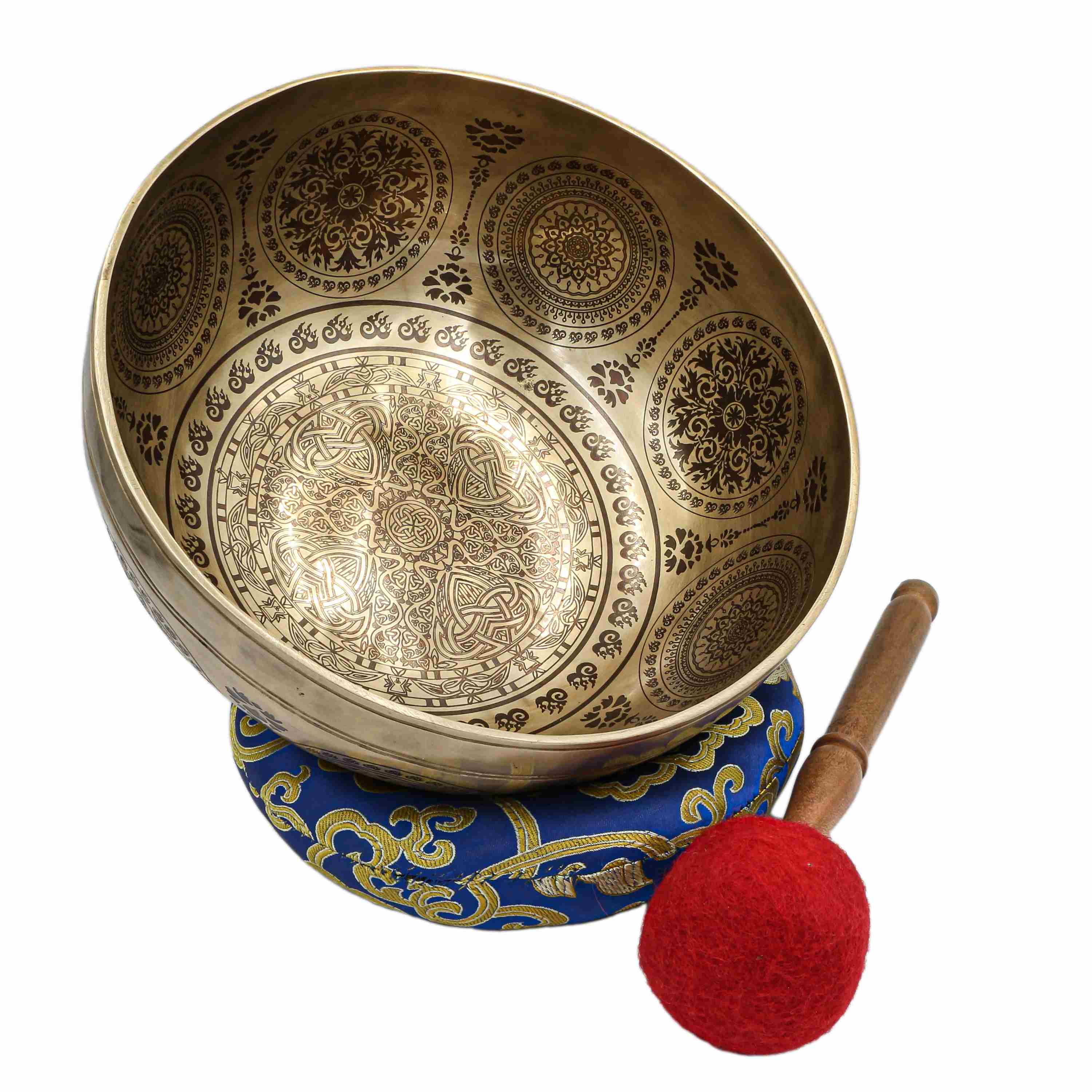 with Premium Etching Carving,
with Premium Etching Carving,  with Super Fine Etching Carving,
with Super Fine Etching Carving,  with Super Fine Etching Carving,
with Super Fine Etching Carving,  with Premium Etching Carving
with Premium Etching Carving 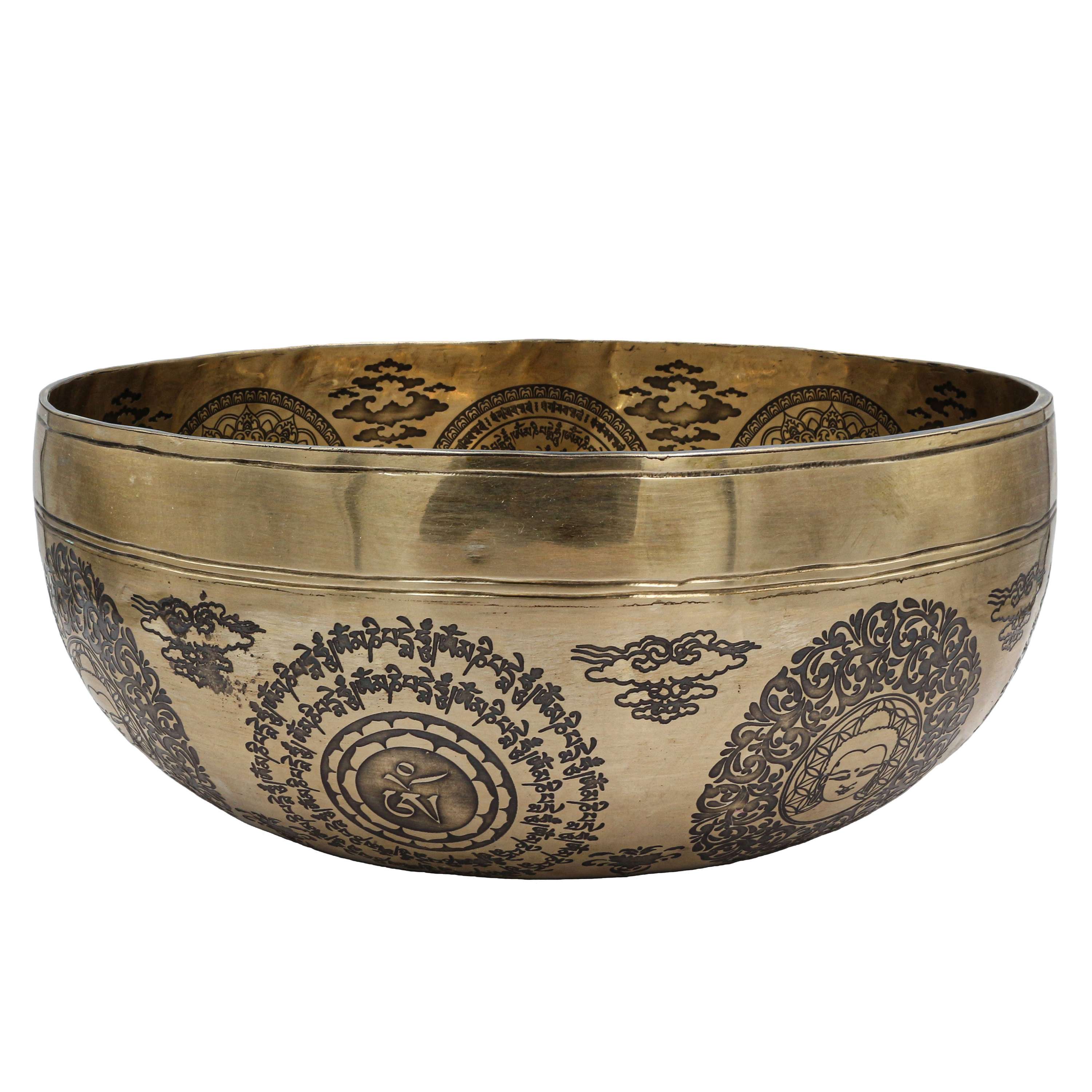 with Premium Etching Carving
with Premium Etching Carving 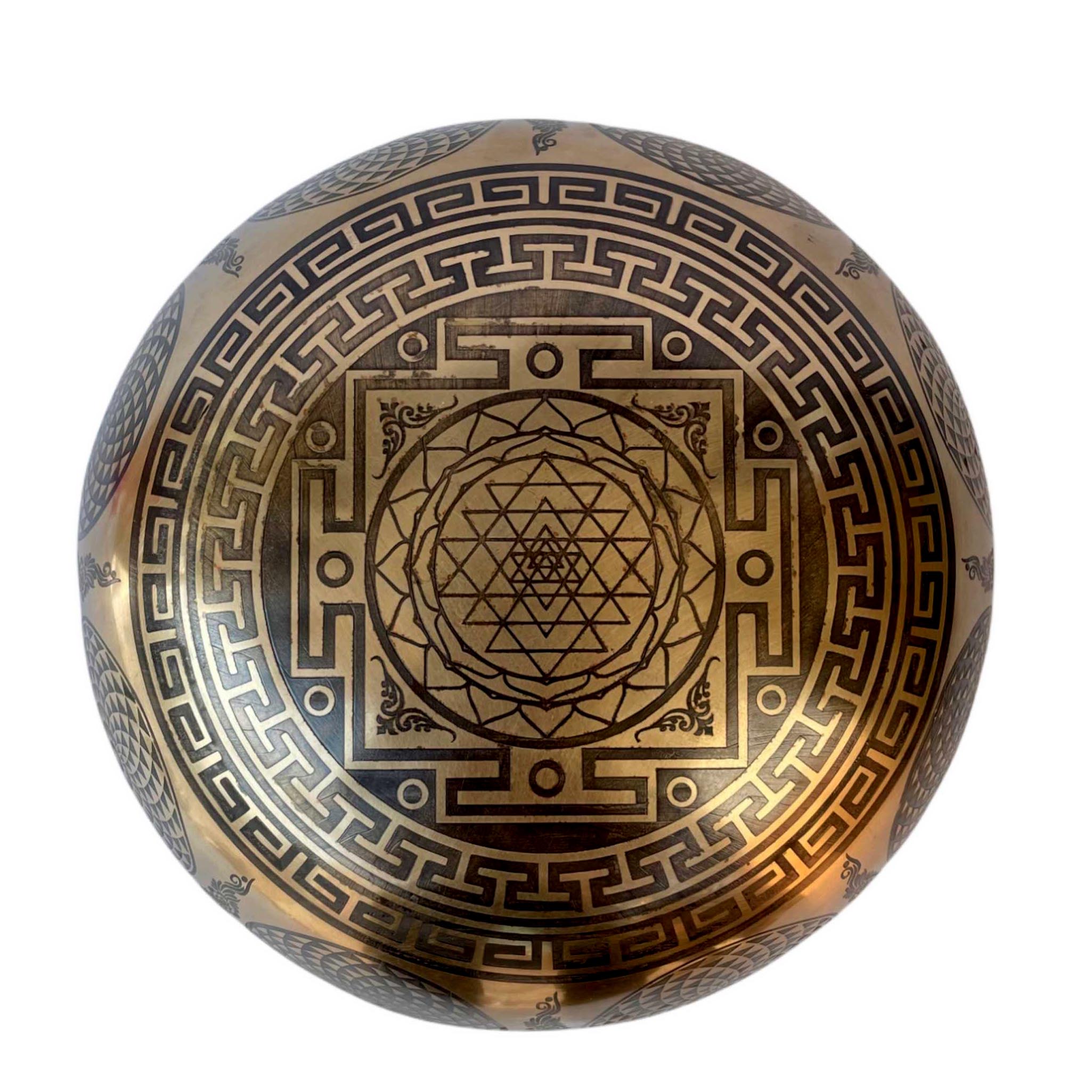 Jambati,
Jambati, 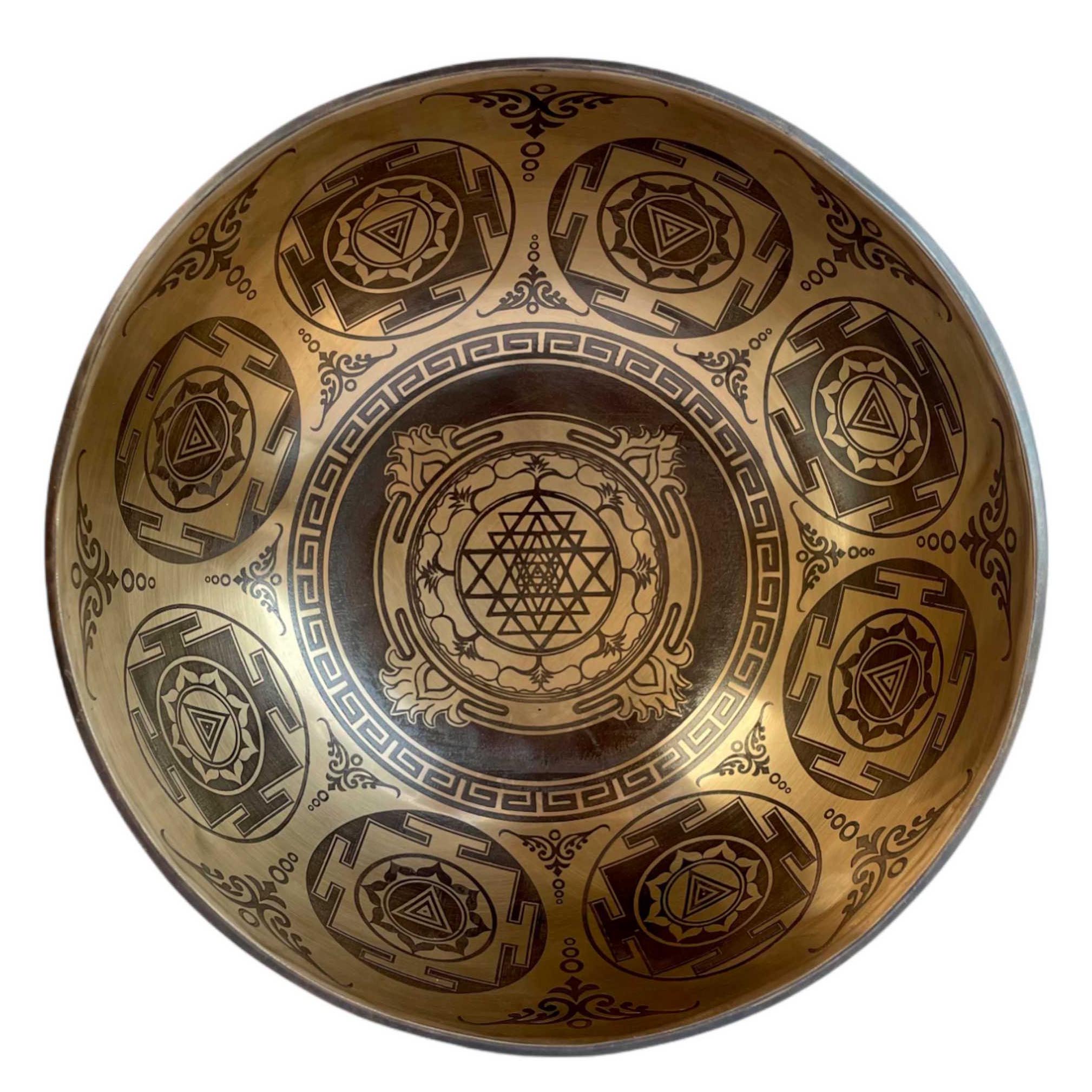 Jambati,
Jambati, 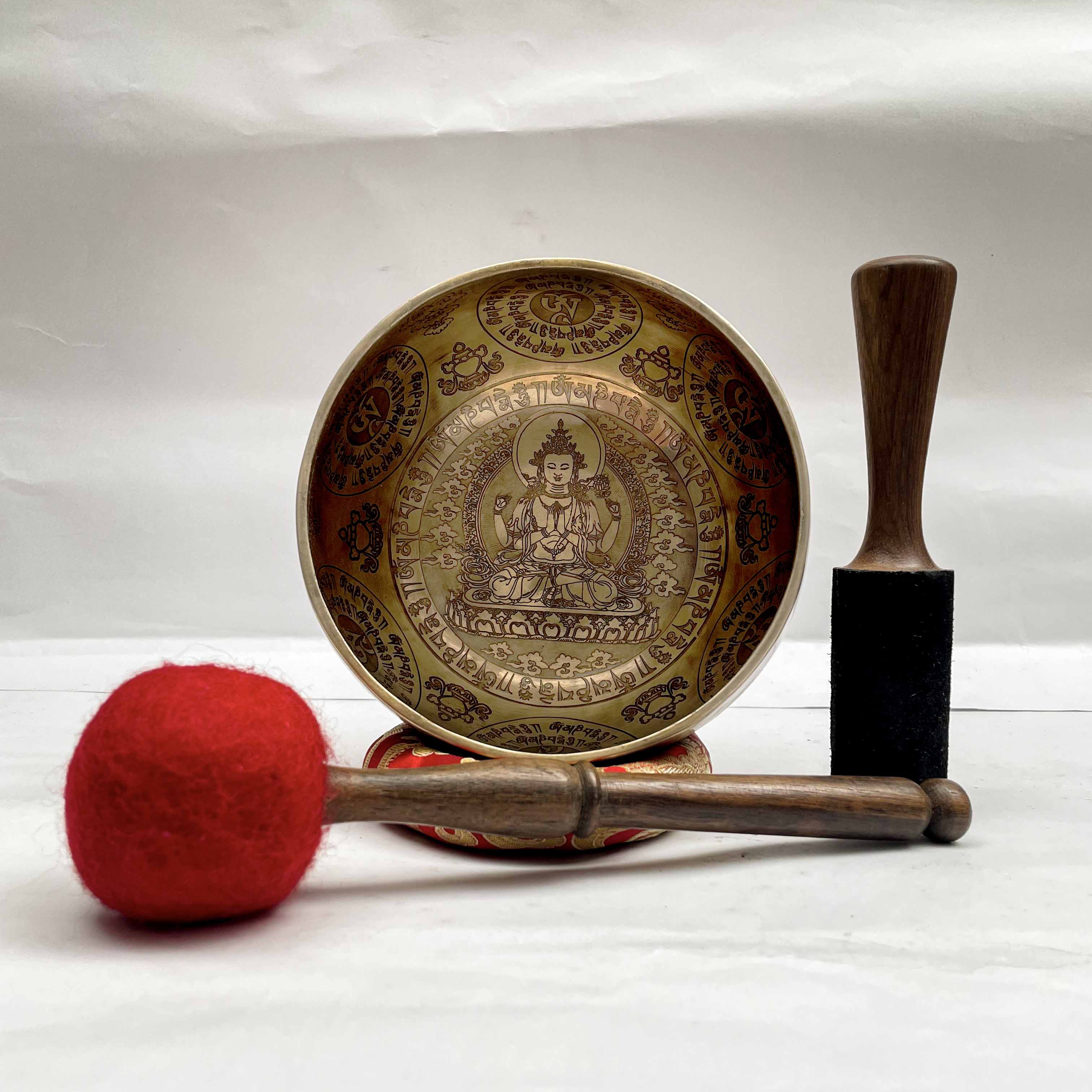 Jambati Singing Bowl,
Jambati Singing Bowl, 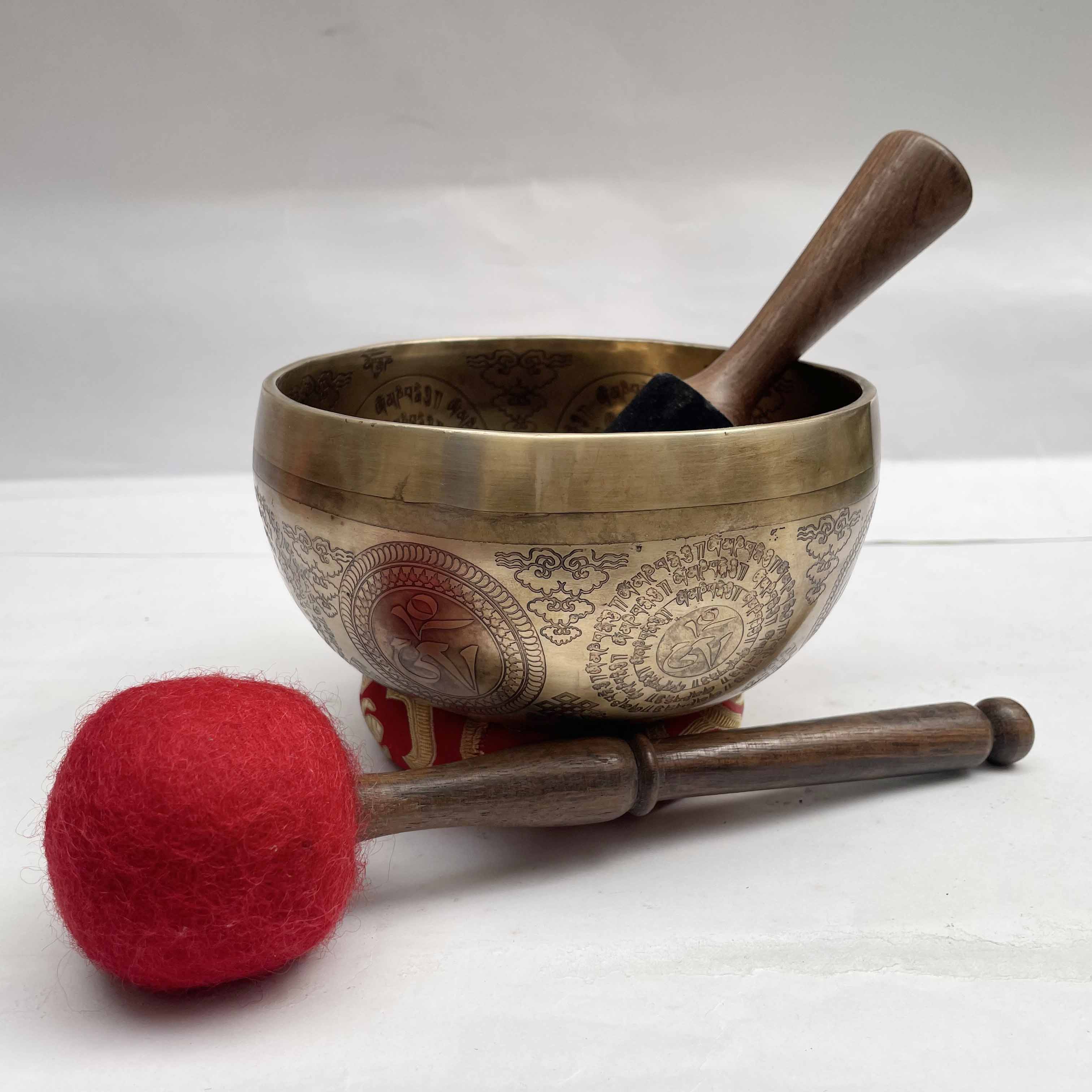 Jambati Singing Bowl,
Jambati Singing Bowl, 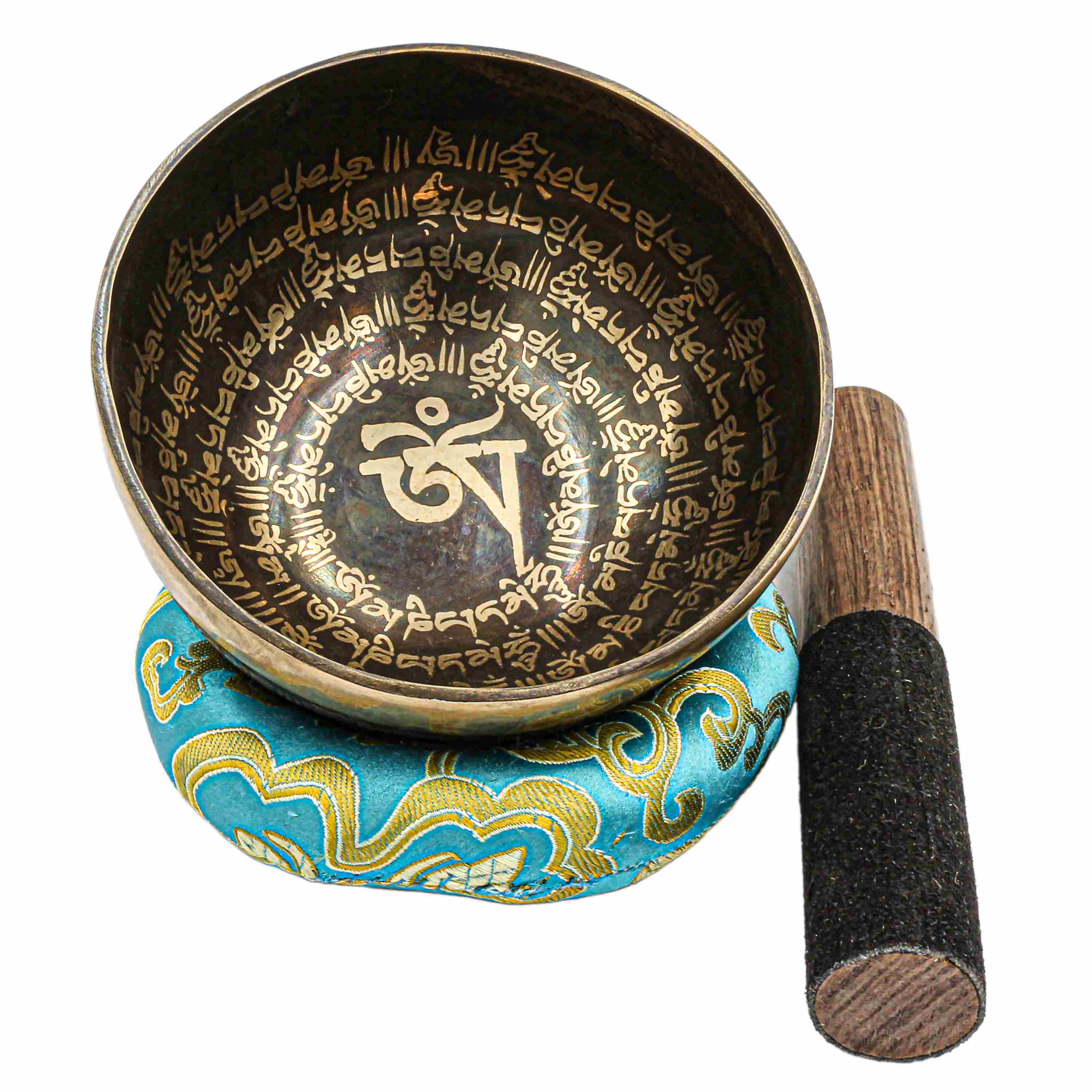 with Super Fine Etching Carving,
with Super Fine Etching Carving, 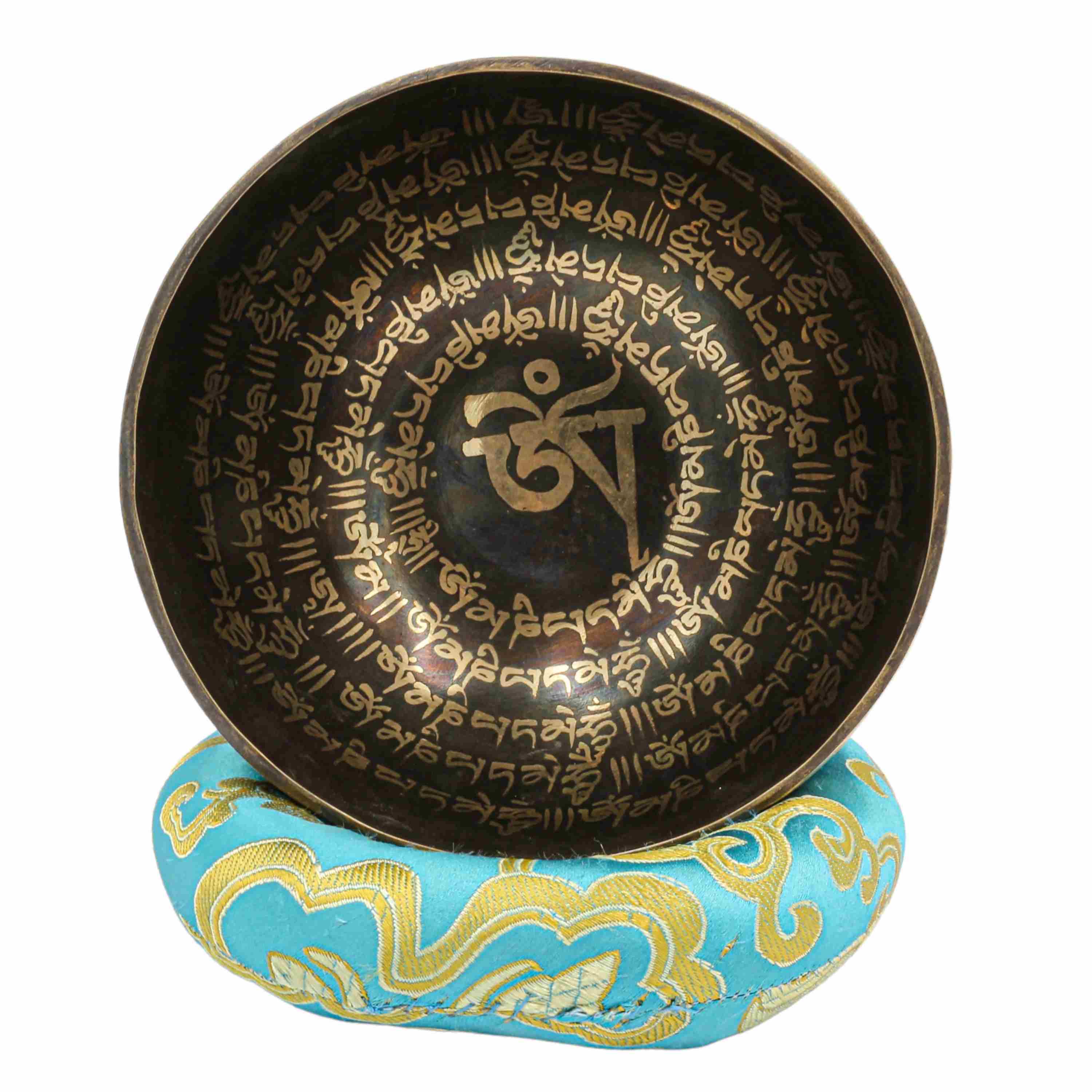 with Super Fine Etching Carving,
with Super Fine Etching Carving,  with
with 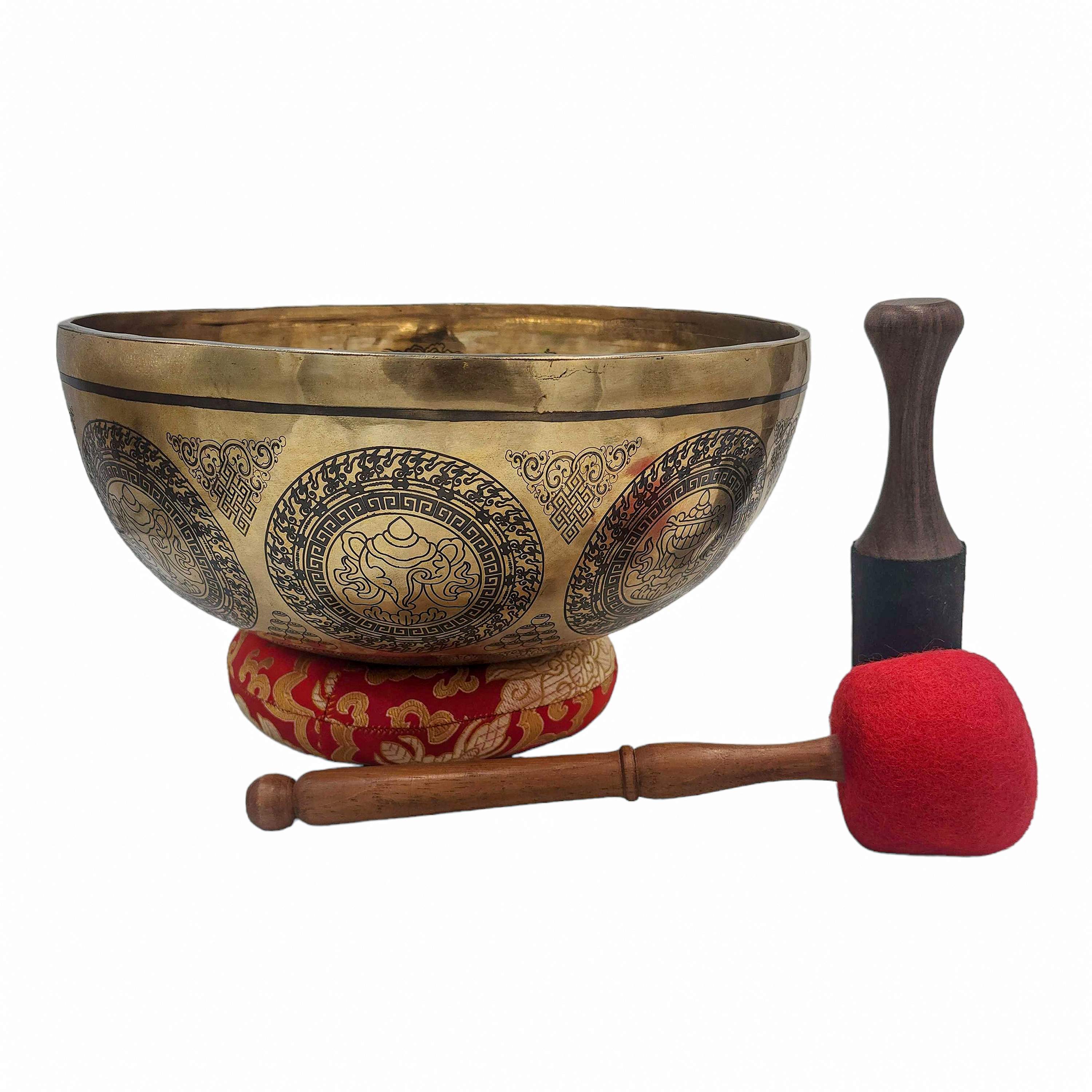 with
with